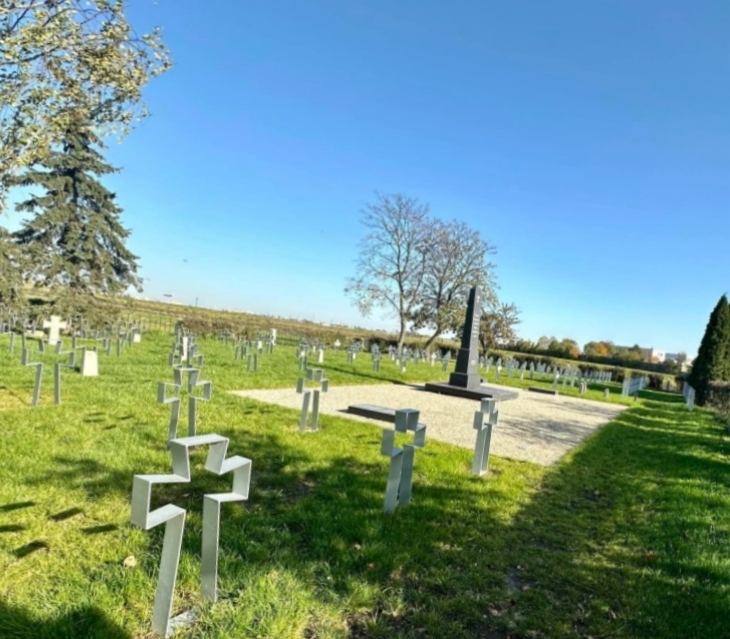"Tree Burials" in Japan
Cemetery space shortages are changing Burial traditions.
The global population boom has created a growing shortage of cemetery space. In countries like the U.S., Singapore, and Hong Kong, this issue is already forcing drastic changes—historical cemeteries are being demolished, and burial plots are being reused with remains cremated after a set time.
Japan started addressing this problem back in the 1970s. By 1999, Shounji Temple introduced jumokusou, or “tree burials.” Here’s how it works: ashes are buried in the earth, and a tree is planted at the site. Buddhist monks hold annual rituals to honor the deceased, while families are welcome to perform their own ceremonies. This eco-friendly practice aligns with Japanese Buddhist values, which emphasize the interconnectedness of nature and reincarnation.
After World War II, Buddhism’s influence in Japan declined, and urbanization weakened ties between families and temples. Tree burials gained popularity not only for their environmental benefits but also for their affordability compared to traditional funeral rites—something many modern Japanese families value.
Still, this practice sparks debate. Confucian traditions insist on a physical space for worshipping ancestors, and some Buddhist temples fear losing their social and financial roles in communities as these modern rituals grow.
Interestingly, similar trends are appearing in the U.S., where eco-friendly burial alternatives are gaining traction. It’s a sign of how religious and cultural traditions are adapting to today’s environmental and societal challenges.








